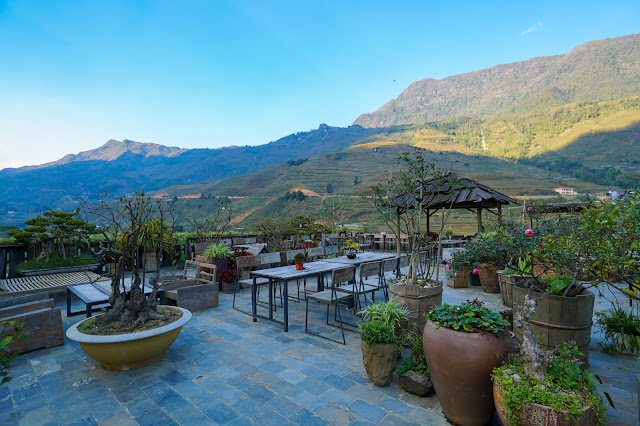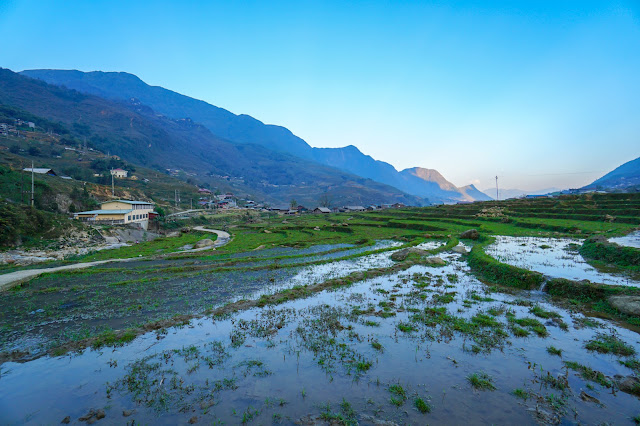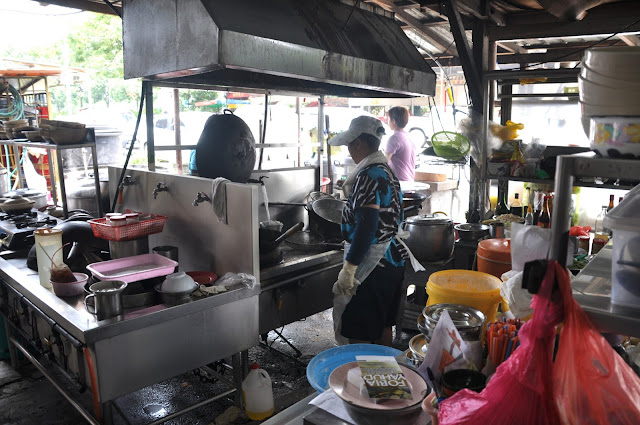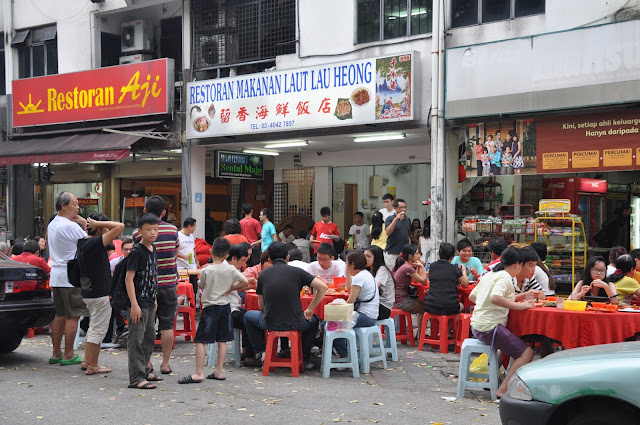Muong Hoa Valley, Sapa
 |
| There are some really nicely decorated bar and cafe around the village. It is really a great place for Instagrammer, |
 |
| Look at the scenery. It is one of the best you will ever get in the world. Especially the weather is not too hot and not too cold. Pure relaxation! |
 |
| Since you are already here, remember to try their very own Lao Cai beer. It is so precious enough which we had to share a bottle. |
 |
| The best time to visit here is the month of August till October. You will enjoy the vibrant of colors. Do enjoy the rest of the pictures here. |
 |
| Oh ya...one thing you should know is visiting these villages are free of charge. It is unlike the Cat Cat Village which is specially built for tourist. |
Visiting hill tribes:
- Dress modestly even when it’s hot outside.
- If entering a home, remove headwear and your backpack as a sign of respect.
- The living standard among the hill tribes is generally low. The best way to help is to employ local guides and support local homestays. Instead of giving gifts or buying from children, ask your guide if you can donate supplies to a school instead.
- Be respectful of religious rituals and iconography.
- Ask permission before taking photographs of people. A smile works wonders.
- Wearing sturdy shoes is recommended. Some may also find walking sticks helpful (widely available in shops in Sapa town) as the paths can be very slippery / muddy.
Total Damage: Free
Ambiance: 5/5
Service: 4/5
Price: 5/5
Recommended?: Absolutely!
Opening Hours: No real opening hours. It is a village. Just don't expect someone will be still opening in the middle of the night.

























Comments
Post a Comment